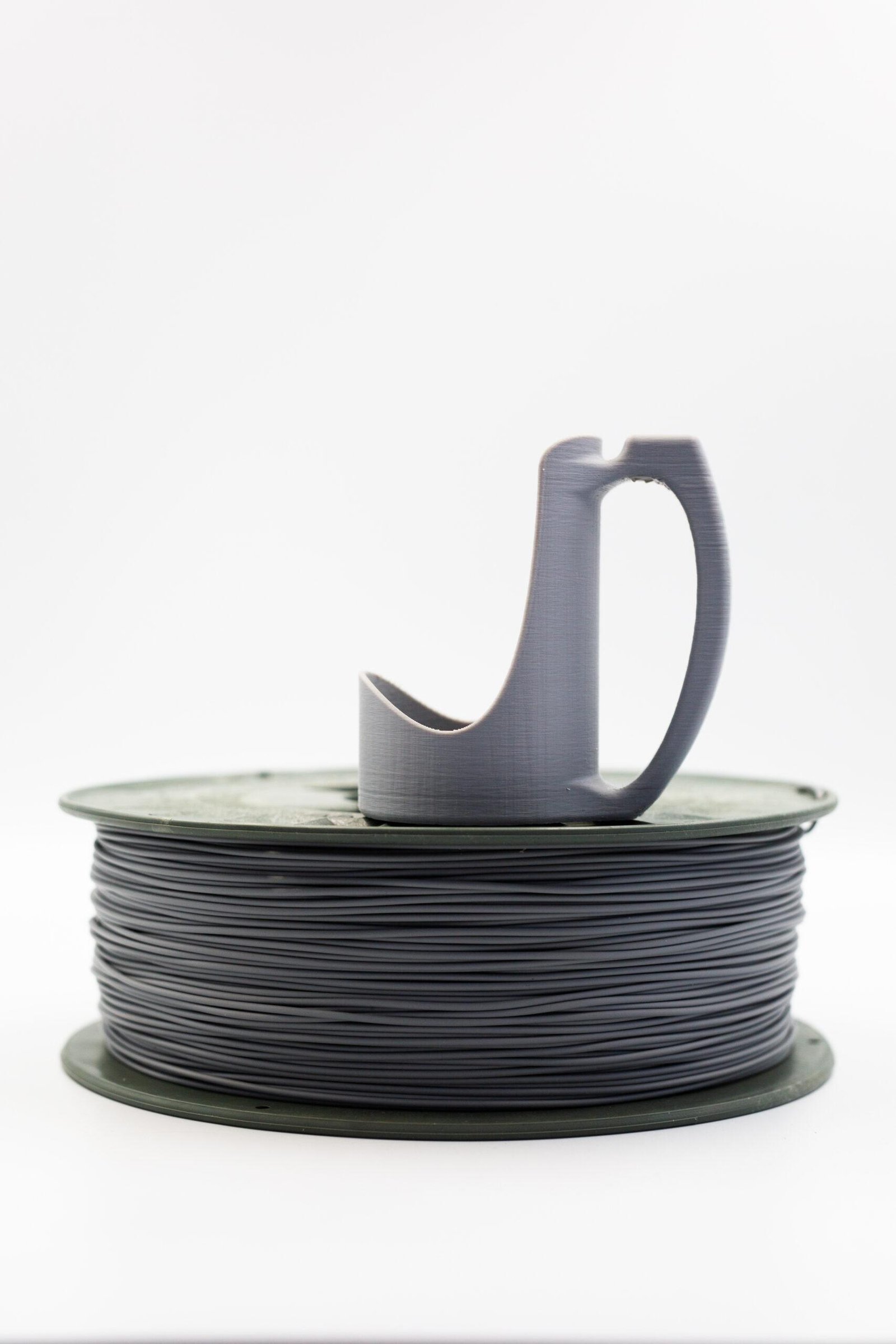3D printing enthusiasts and professionals alike know the value of pristine, high-quality filament when striving for flawless results. PCTG, a robust and increasingly popular 3D printing filament, is celebrated for its clarity, durability, and ease of use. However, achieving the best possible results with PCTG depends on one crucial step that’s often overlooked: proper drying. Moisture in your filament can transform a potentially perfect print into a disappointing outcome, riddled with cloudiness, bubbles, and structural weaknesses. Let’s explore why drying PCTG matters and exactly how you can do it to unlock the filament’s full potential.
Understanding Moisture Absorption in PCTG
Like many other hygroscopic materials, PCTG readily absorbs moisture from the surrounding environment. This tendency is especially pronounced in humid climates or if the filament is stored outside of airtight containers. Even a few hours in a moisture-rich atmosphere can impact the filament, with water molecules clinging to its surface and penetrating its structure. The result? Trouble at the print bed.
You may notice your filament isn’t quite performing as it used to. Signs of wet PCTG include excessive stringing, bubbles or popping noises during extrusion, rough or pitted surfaces, and a general loss of transparency. In short, moisture-laden PCTG can undermine both the aesthetic and structural integrity of your finished prints.
Effects of Moisture on Print Quality
Why is moisture such a problem for PCTG? When heated during printing, the absorbed water rapidly turns to steam, creating pressure within the filament. This pressure manifests as bubbles and voids, leading to cloudy or hazy parts instead of the glass-like transparency PCTG is known for. Layer adhesion can also be compromised, resulting in weaker, less reliable parts.
Surface finish is another casualty. Instead of smooth, professional-quality prints, you may be left with rough, uneven textures or even visible “spitting” from the nozzle. Mechanical properties are affected too—parts may become brittle, reducing their durability and usefulness.
When and How to Check if Your PCTG Needs Drying
Knowing when to dry your PCTG filament can save you time and material. The telltale signs of moisture are usually visible and audible: listen for sizzling or popping noises during printing and check for stringing, roughness, or diminished shine on your prints. For a more precise approach, some makers invest in a filament hygrometer to measure humidity levels.
If your spool has been out of a sealed bag for more than a few days, it’s generally wise to assume it could use a refresh in the dryer. Don’t wait for problems to arise—being proactive will yield more consistent results.
Best Methods to Dry PCTG Filament
There are several proven techniques to effectively dry PCTG filament, each suited to different setups and budgets:
1. Filament Dryers:
The most convenient and reliable option is a dedicated filament dryer. These devices are specifically designed to maintain the right temperature and air circulation for drying 3D printing materials. Most allow you to set precise temperatures and durations, making them a favorite for serious makers.
2. Convection Oven:
A standard convection oven can be repurposed for drying filament. Place the spool in the oven on a clean tray, set the temperature to 60°C (140°F), and let it run for 4–6 hours. Always check your oven’s accuracy with an external thermometer—household ovens sometimes run hotter than indicated, which could damage the filament.
3. Food Dehydrators and DIY Solutions:
Food dehydrators are another effective tool. They offer gentle, even heating and often have built-in timers. For DIY options, some hobbyists use airtight boxes with silica gel packs to absorb residual moisture, but these methods are best for maintaining dryness after proper drying, rather than removing absorbed moisture.
Safety Tip:
Never exceed the recommended drying temperature for PCTG. High heat can deform or fuse the filament, ruining your spool. Keep temperatures at or below 60°C (140°F), and always supervise the process.
Optimal Drying Settings for PCTG
For best results, dry PCTG filament at 60°C (140°F) for at least 4–6 hours. If your filament has been exposed to very high humidity, or if you notice severe print issues, extending the drying time to 8 hours can be beneficial. After drying, allow the spool to cool to room temperature before using or storing.
Storing Dried PCTG Filament
Drying is only half the battle—keeping your filament dry between uses is essential. Store dried PCTG in airtight containers with plenty of desiccant packs or, even better, vacuum-sealed bags. Consider labeling spools with drying dates to keep track of their condition. If you print infrequently, check your spools periodically and re-dry as needed.
Frequently Asked Questions
How often should I dry PCTG filament?
If your filament is exposed to open air for more than a few days, it’s wise to dry it before printing.
Can you over-dry PCTG filament?
No, but overheating can damage it. Stick to the recommended temperature.
Is drying needed for brand new filament?
Sometimes. Even new spools can absorb moisture during shipping or storage—if you’re printing a critical part, a quick drying session is a good idea.
Conclusion
Properly dried PCTG filament is the key to achieving the material’s trademark clarity and strength in your 3D prints. With the right drying routine and storage habits, you’ll consistently produce professional-quality parts that perform and look their best.

